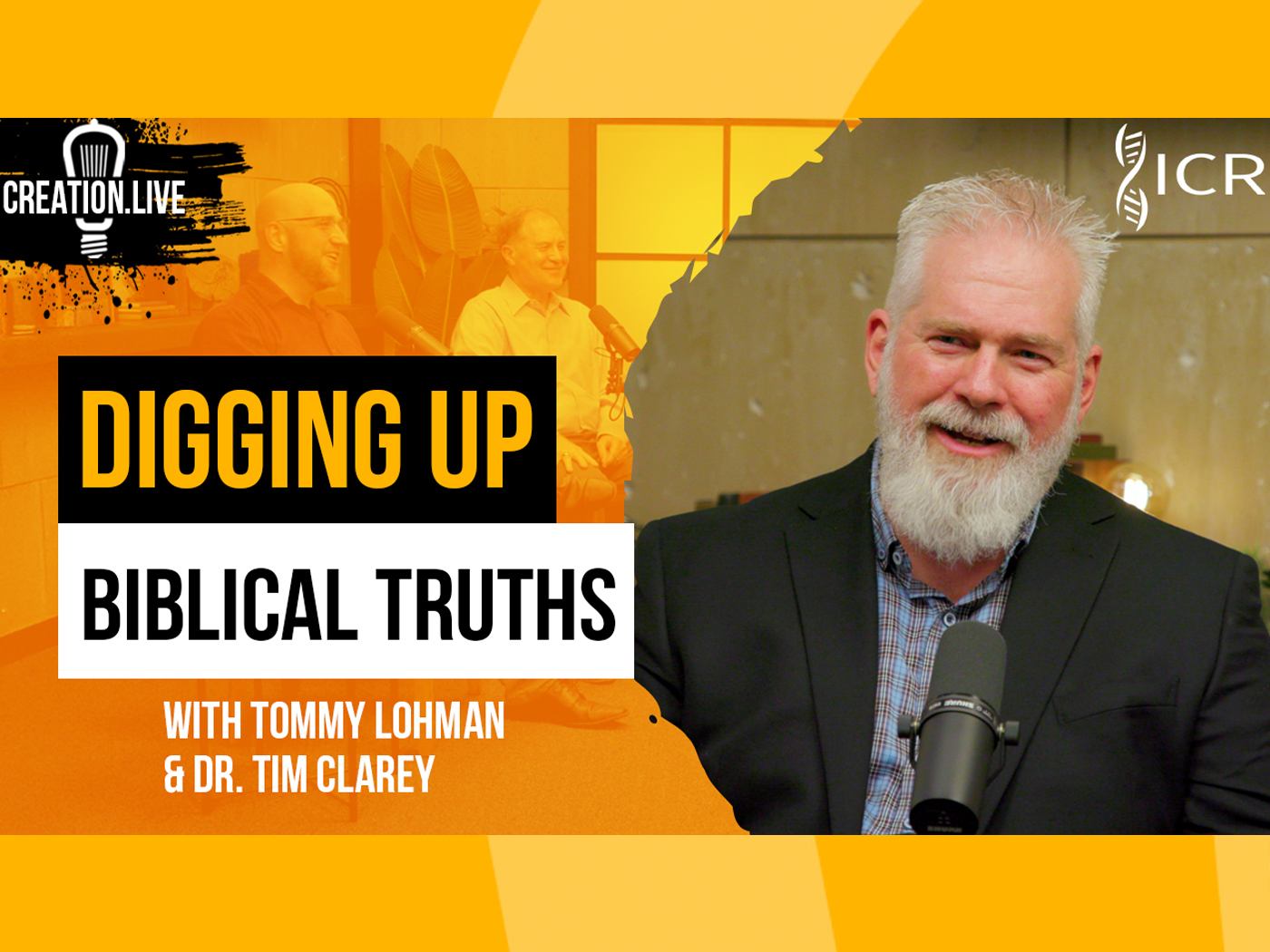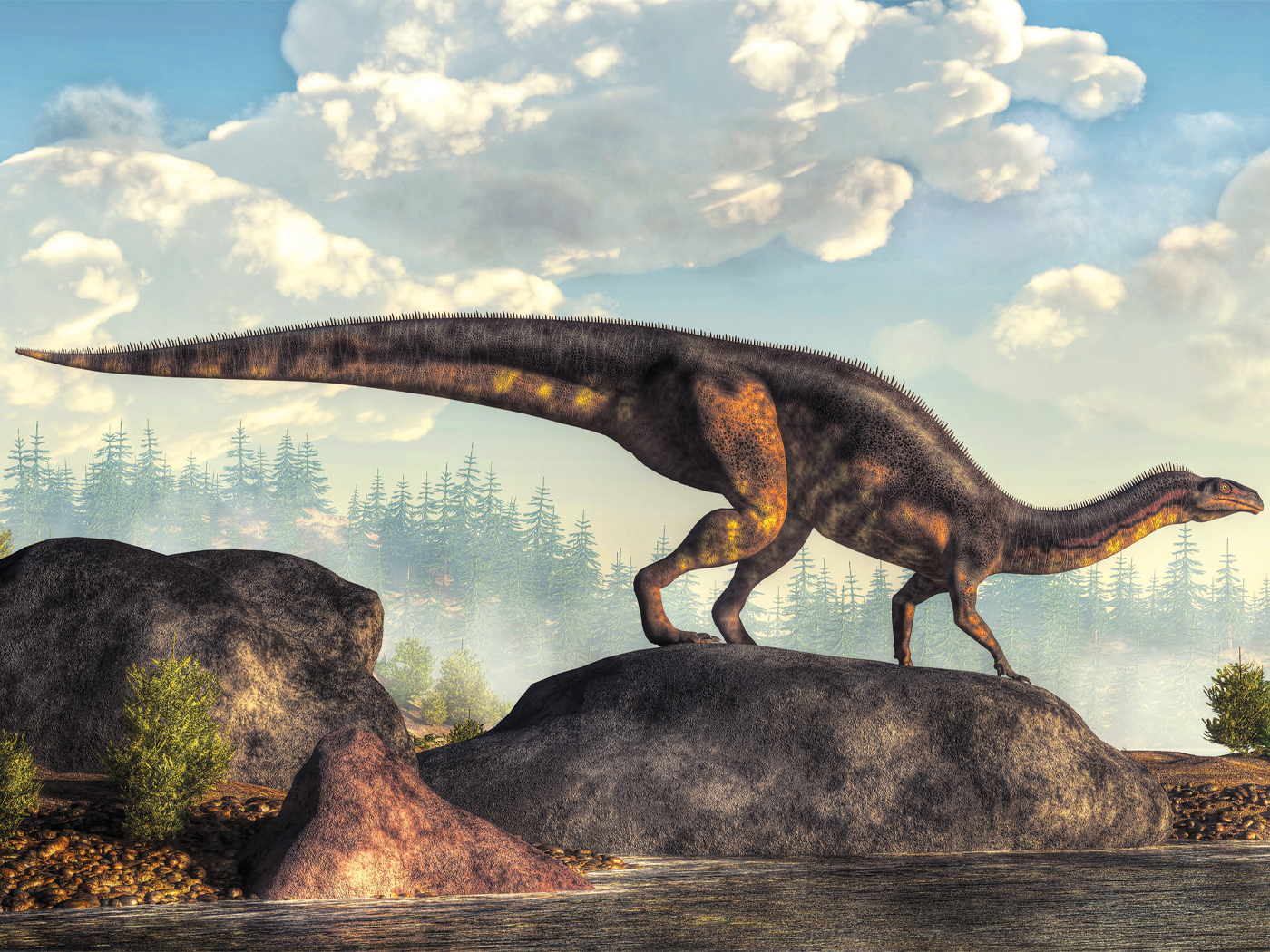Racism has plagued humanity for thousands of years, and it has especially shown its ugly head during the last few centuries. Think of the myriads of Blacks carried from Africa and sold into slavery in the New World and, more recently, of the blatant racism of Nazi Germany. Even today, there are justifiable concerns along these lines. It is easy to condemn the sins of others, but how is it possible, we should ask, that a leader such as Hitler could sway thousands and even millions of intelligent Germans to his cause? It is one thing to say that Hitler was crazy; it is quite something else to affirm that all Germans were crazy along with him.
There is an hypothesis that has not yet adequately been considered. Staunch evolutionist, Sir Arthur Keith claims:
The German Fuhrer . . . consciously sought to make the practice of Germany conform to the theory of evolution.1
Elsewhere, Keith wrote:
The leader of Germany is an evolutionist, not only in theory, but, as millions know to their cost, in the rigor of its practice. For him, the national "front" of Europe is also the evolutionary "front;" he regards himself, and is regarded, as the incarnation of the will of Germany, the purpose of that will being to guide the evolutionary destiny of its people.2
Hitler used the German word for evolution (Entwicklung) over and over again in his book. In fact, it is not unreasonable to suppose that the very title itself of Hitler's book ("My Struggle"), was influenced by Darwin's subtitle, "Struggle for Existence," and by the German advocate of evolution, Ernst Haeckel, who published a book, in 1905, entitled, Der Kampf um den Entwicklungs-Gedanken ("The Struggle over Evolutionary Thinking").
In Hitler's Mein Kampf, he spoke of "lower human types." He criticized the Jews for bringing "Negroes into the Rhineland" with the aim of "ruining the white race by the necessarily resulting bastardization." He spoke of "Monstrosities halfway between man and ape" and lamented the fact of Christians going to "Central Africa" to set up "Negro missions," resulting in the turning of "healthy . . . human beings into a rotten brood of bastards." In his chapter entitled "Nation and Race," he said, "The stronger must dominate and not blend with the weaker, thus sacrificing his own greatness. Only the born weakling can view this as cruel, but he, after all, is only a weak and limited man; for if this law did not prevail, any conceivable higher development (Hoherentwicklung) of organic living beings would be unthinkable." A few pages later, he said, "Those who want to live, let them fight, and those who do not want to fight in this world of eternal struggle do not deserve to live."3
Present-day Darwinians, for the most part, do not want to be identified with racism; so it is no wonder that some of Darwin's statements touching on this area receive little attention. He spoke of the "gorilla" and the "negro" [sic] as occupying evolutionary positions between the "Baboon" and the "civilized races of man" ("Caucasian"); viz:
At some future period, not very distant as measured by centuries, the civilized races of man will almost certainly exterminate, and replace, the savage races throughout the world. At the same time, the anthropomorphous apes . . . will no doubt be exterminated. The break between man and his nearest allies will then be wider, for it will intervene between man in a more civilized state, as we may hope, even than the Caucasian, and some ape as low as a baboon, instead of as now between the negro [sic] or Australian and the gorilla.4
Later in the same volume, Darwin wrote:
It has often been said . . . that man can resist with impunity the greatest diversities of climate and other changes; but this is true only of the civilized races. Man in his wild condition seems to be in this respect almost as susceptible as his nearest allies, the anthropoid apes, which have never yet survived long, when removed from their native country.5
Referring to On the Origin of Species, by Darwin, Harvard University's Stephen Jay Gould wrote, "Biological arguments for racism may have been common before 1859, but they increased by orders of magnitude following the acceptance of evolutionary theory."6 He cites various sources to support his thesis, but two names which do not appear in his section entitled "Racism" are the names of Edwin G. Conklin and Henry Fairfield Osborn.
It is important to recognize that these two men were writing before Hitler's brand of evolution unfolded itself on the European continent. Some of the language of both Conklin and Osborn is reminiscent of Darwin, if not also of Hitler. It is important to keep in mind who these men were. Conklin was Professor of Biology at Princeton University from 1908 to 1933. He was also President of the American Association for the Advancement of Science in 1936 (the year of Hitler's Berlin Olympics). He wrote:
Comparison of any modern race with the Neanderthal or Heidelberg types shows that all have changed, but probably the negroid races more closely resemble the original stock than the white or yellow races.7 Every consideration should lead those who believe in the superiority of the white race to strive to preserve its purity and to establish and maintain the segregation of the races, for the longer this is maintained, the greater the preponderance of the white race will be.8
Henry Fairfield Osborn was a professor of biology and zoology at Columbia University. For twenty-five years (1908-1933), he was President of the American Museum of Natural History's Board of Trustees. Osborn wrote:
The Negroid stock is even more ancient than the Caucasian and Mongolians, as may be proved by an examination not only of the brain, of the hair, of the bodily characteristics . . . but of the instincts, the intelligence. The standard of intelligence of the average adult Negro is similar to that of the eleven-year-old-youth of the species Homo Sapiens.9
In a book dedicated to John T. Scopes (the evolutionist teacher made famous by the Scopes "monkey trial"), Osborn wrote:
The ethical principle inherent in evolution is that only the best has a right to survive. . . 10
In this book, Osborn said that he was summing up an article he had written for the New York Times (2/26/22). One could speculate that Hitler, himself, might in some way have had access to this teaching prior to his writing of Mein Kampf, so similar does this last statement sound to much of what he believed and wrote.
It is easy to believe that Hitler had such an interest in the boxing match between Joe Louis and the German, Max Schmeling, (6/19/36). It "was rife with political and racial overtones. . . ."11 Less than a year prior, Paul Gallico, writer for the New York Daily News, wrote:
Louis, the magnificent animal . . . He eats. He sleeps. He fights. . . . Is he all instinct, all animal? Or have a hundred million years left a fold upon his brain? I see in this colored man something so cold, so hard, so cruel that I wonder as to his bravery. Courage in the animal is desperation. Courage in the human is something incalculable and divine.12
In April of 1986, The Pennsylvania Gazette (University of Pennsylvania) published an article featuring a skull labeled "NEGRO/LUNATIC." The caption under the photograph read, "'Scientific' racism: Skulls like these, housed in the University Museum, were once used to 'prove' white supremacy."13
The National Geographic Society, in November of 1985, set before the public a display of "4,000,000 years of bipedalism" in its magazine. Nine "hominids," strongly suggestive of evolutionary development, are drawn--from Australopithecus-afarensis (a "Lucy" type), through modern Homo sapiens. The first five in the sequence had a darker skin tone; the last four, lighter. The editors acknowledged that the skin color is speculative, but, in the March 1986 issue of National Geographic ("Members Forum"), they said the following:
Since the three H. sapiens variations depicted were based on fossil evidence in Europe, Mr. Matternes gave them a lighter tone.14
But this seems to be misleading, since the last four in the sequence have the lighter skin tones and the fourth from the end was based on evidence from Kenya, Africa! Could this be an example of a subtle form of racism still affecting the public today?
The Christian, as a follower of Jesus, does not have the option of racism. Jesus was no racist. He told His followers to love enemies--not to kill them. He sought to "draw all men" to Himself (John 12:32). "He made from one, every nation of mankind to live on all the face of the earth" (Acts 17:26).
References
- Sir Arthur Keith, Evolution and Ethics (New York: G.P. Putnam's Sons, 1947), p. 230.
- Ibid., p. 10.
- Adolf Hitler, Mein Kampf (Boston: Houghton Mifflin Co., 1943), pp. 286, 295, 325, 402, 403, 285, 289 respectively.
- Charles Darwin, The Descent of Man (London: John Murray, 1901), pp. 241-242.
- Ibid., pp. 291-292.
- Stephen Jay Gould, Ontogeny and Phylogeny (Cambridge, Mass: Harvard University Press, 1977), p. 127.
- Edwin G. Conklin, The Direction of Human Evolution (New York: Scribner's, 1921), p. 34.
- Ibid., p. 53.
- Henry Fairfield Osborn, "The Evolution of Human Races," Natural History, April 1980, p. 129--reprinted from January/February 1926 issue.
- Henry Fairfield Osborn, Evolution and Religion in Education (London: Charles Scibner's Sons, 1926), p. 48.
- Christ Mead, "Black Hero in a White Land," cf. Sports Illustrated, September 16, 1985, p. 94.
- Ibid., p. 92.
- "Gazetteer,"The Pennsylvania Gazette (University of Pennsylvania), April 1986, p. 19.
- "Members Forum,"National Geographic, March 1986.
* Paul G. Humber, A.B., M.S., M.Div., is Schoolmaster at a college preparatory school in the Philadelphia area.























